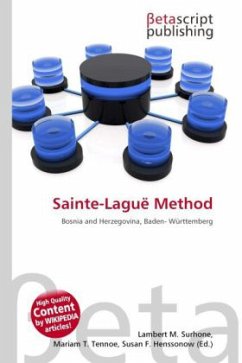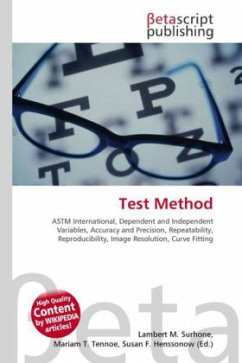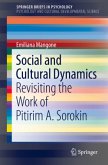High Quality Content by WIKIPEDIA articles! The Sainte-Laguë method of the highest average (equivalent to Webster's method or divisor method with standard rounding) is one way of allocating seats proportionally for representative assemblies with party list voting systems. It is named after French mathematician André Sainte-Laguë. The Sainte-Laguë method is closely related to the D'Hondt method, although without the latter's favoritism for larger parties. The Sainte-Laguë method is used in New Zealand, Norway, Sweden, Bosnia and Herzegovina, Latvia, Kosovo, and Germany (on federal level for the Bundestag, on state level for the legislatures of Baden-Württemberg, Hamburg, and Bremen). It was also used in Bolivia in 1993, in Poland in 2001, and in the elections to the Palestinian Legislative Council in 2006. Modified version of this method was also used to allocate the Proportional Representation (PR) seats in the Constituent Assembly poll of Nepal in 2008.
Bitte wählen Sie Ihr Anliegen aus.
Rechnungen
Retourenschein anfordern
Bestellstatus
Storno








